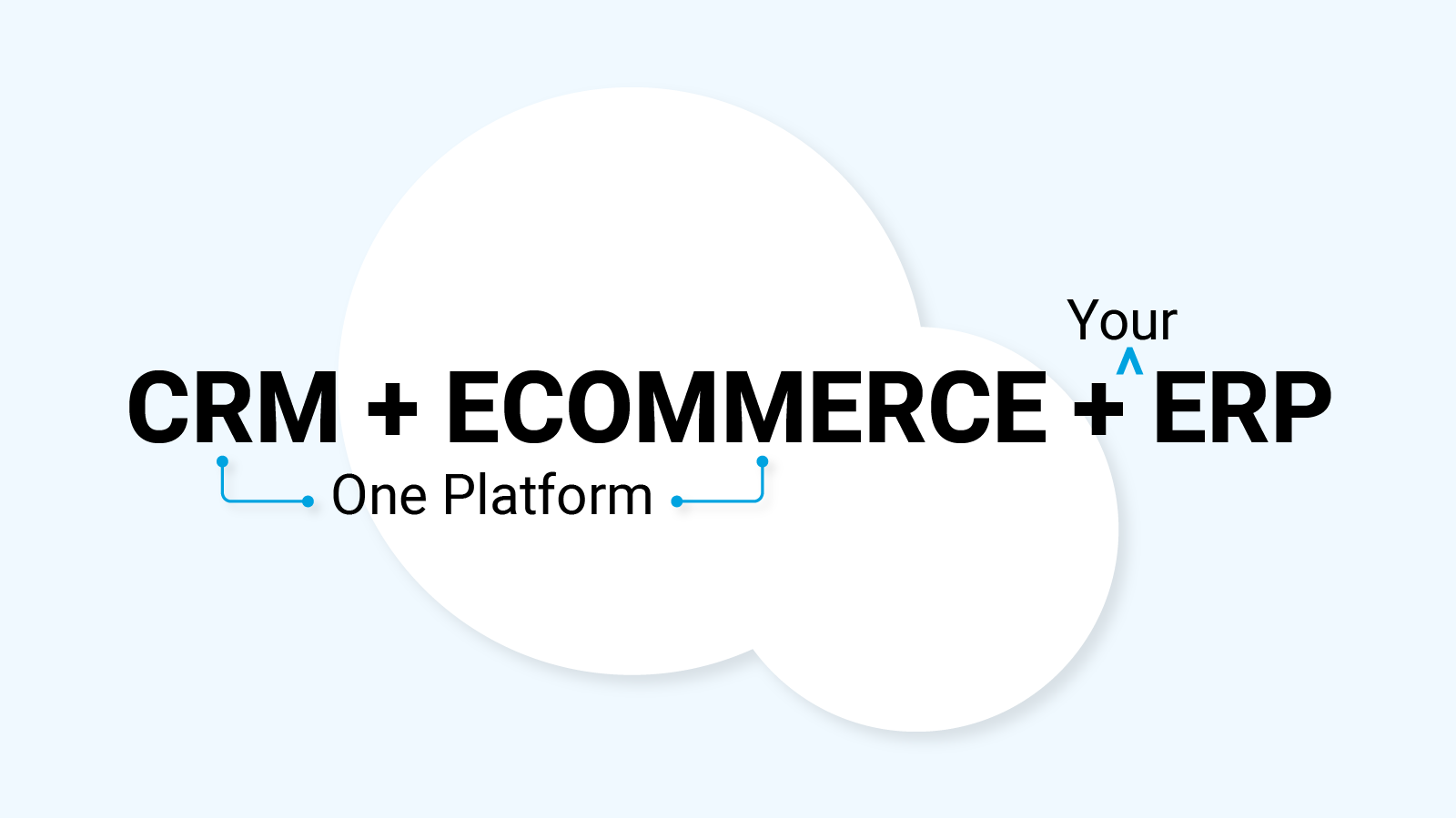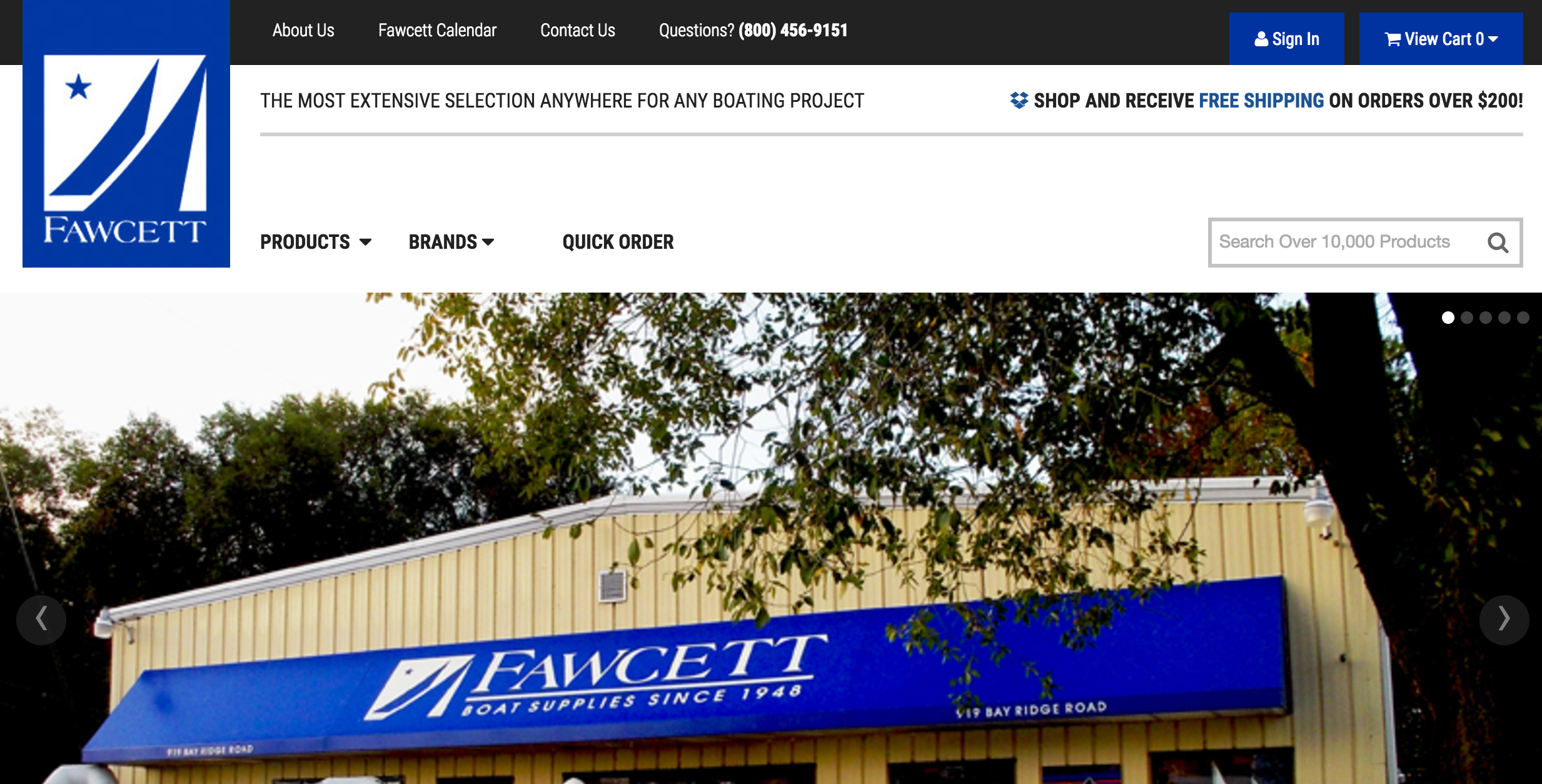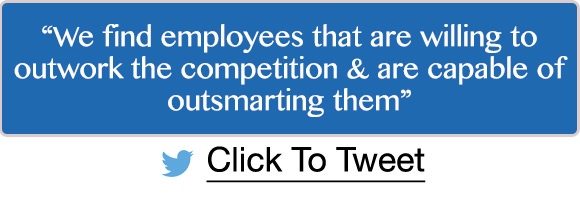Applying lean principles to purchasing

How e-commerce improves flexibility, capacity and efficiency
We all understand the tenets of lean to eliminate waste within the supply chain, but the largest challenge most manufacturers and distributors face is balancing production schedule to the rate of consumption of their customer’s customer. In today’s world, lean and enterprise resource planning (ERP) must coexist, and e-commerce is the bridge to leveling the workload.
Over the past two decades, the vast majority of manufacturing firms have adopted ERP systems and the principles of lean management based on the Toyota Production System. Quite often, the two seem at odds. The materials planning software is an important tool for inventory forecasting, while lean is a just-in-time production strategy to reducing inventory and associated costs.
The real disconnect has less to do with high-volume vs. low volume production, but how responsive the company is to the customer. Too often a customer has to place a call or email to make an order, check available inventory, inquire about their outstanding balance and to track shipments and returns. They are reliant on a customer service representative to answer questions and place transactions.
This is the greatest bottleneck to improved supply chain efficiency. Manual intervention and administrative delays slow down the scheduling process. If the objective of manufacturers and distributors is to have a flow production method, then the sharing of supply chain data must also be continuously in motion.
By automating customer service using an e-commerce ERP solution, customers can access real-time information that they could only get previously by phone, email or fax. Also known as Customer Service Automation (CSA) technology, customers can search products and see live inventory levels, order details, invoices, payments and shipments. Orders can be placed at any time and instantly placed in the cue on the shop floor.
With the growth of CSA adoption, customers are interacting more with their suppliers and distributors. When a website is tightly integrated with ERP software, customers can see detailed product information and historical data that they can apply to the value stream. Customers can organize their purchasing by SKUs for quick orders. They develop a better understanding of the total cost of ownership when making purchasing decisions.
In return, manufacturers and distributors see fewer spikes and valleys in orders. Today’s B2B e-commerce ERP solution allows for custom data points, including pre-negotiated pricing for each customer, as well as exclusive SKU aliases.
At the very least, an e-commerce ERP solution is a superior customer satisfaction tool. It is the low-hanging fruit to a lean, organized workplace. When fully implemented, it is a key component for demand flow manufacturing.
About Website Pipeline Inc.
Website Pipeline Inc. is the market leader for e-commerce and customer self-service portals that integrates with a variety of ERP packages, including Sage 100 ERP, Sage 300 ERP, Sage 500 ERP, Sage ERP X3, Microsoft GP, Microsoft Dynamics NAV and Microsoft Dynamics AX. The privately held company is headquartered in Greenville, S.C. www.websitepipeline.com





